-
![((R,R)-2-AMINO-1,2-DIPHENYLETHYL)[(4-TOLYL)SULFONYL]AMIDO](P-CYMENE)RUTHENIUM(II)CHLORIDE CAS:192139-92-7](https://cdn.globalso.com/xindaobiotech/VYH6FUCIIBE_I7B6OOPY215.png)
((R,R)-2-AMINO-1,2-DIPHENYLETHYL)[(4-TOLYL)SULFONYL]AMIDO](P-CYMENE)RUTHENIUM(II)CHLORIDE CAS:192139-92-7
((R,R)-2-Amino-1,2-diphenylethyl)[(4-tolyl)sulfonyl]amido](p-cymene)ruthenium(II) chloride is a ruthenium complex featuring a chiral ligand comprising an amine, sulfonyl, and p-cymene groups, along with a chloride ligand. It is notable for its potential applications in asymmetric catalysis and organic synthesis.
-
![(BICYCLO[2.2.1]HEPTA-2,5-DIENE)CHLORORHODIUM(I) DIMER CAS:12257-42-0](https://cdn.globalso.com/xindaobiotech/20KKQ1ROFEVXI9DUBYB150.png)
(BICYCLO[2.2.1]HEPTA-2,5-DIENE)CHLORORHODIUM(I) DIMER CAS:12257-42-0
(BICYCLO[2.2.1]HEPTA-2,5-DIENE)CHLORORHODIUM(I) DIMER is a dimeric compound containing rhodium(I) centers coordinated with bicyclo[2.2.1]hepta-2,5-diene ligands and chloride ions. Its chemical formula is RhCl(bicyclo[2.2.1]hepta-2,5-diene)₂. This dimeric complex exhibits unique structural and electronic properties, contributing to its significance in organometallic chemistry and catalysis.
-
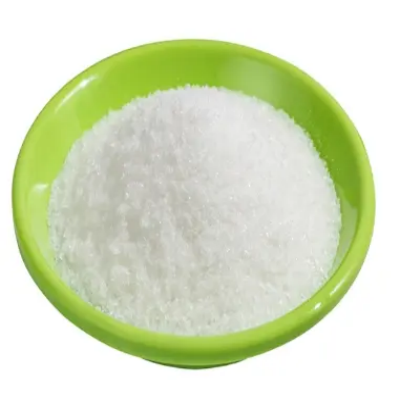
Carbonyltris(triphenylphosphine)rhodium(I) hydride CAS:17185-29-4
Carbonyltris(triphenylphosphine)rhodium(I) hydride is a complex compound consisting of rhodium(I) coordinated with three triphenylphosphine ligands and one carbonyl ligand. Its chemical formula is RhH(CO)(PPh₃)₃. This compound is widely used in organometallic chemistry due to its ability to serve as a versatile precursor for various catalytic reactions, particularly in hydroformylation and hydrogenation processes.
-
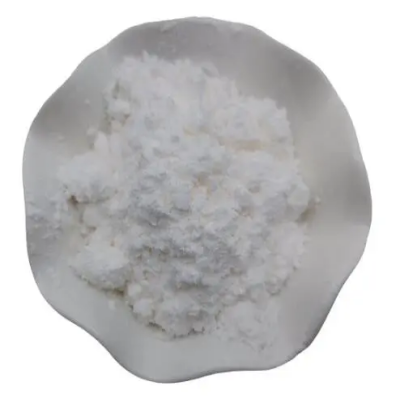
(Pentamethylcyclopentadienyl)iridium(III) chloride dimer CAS:12354-84-6
(Pentamethylcyclopentadienyl)iridium(III) chloride dimer is a dimeric compound featuring iridium(III) centers coordinated with pentamethylcyclopentadienyl ligands and chloride ions. Its chemical formula is Ir(C₅Me₅)Cl₂. This dimeric complex exhibits distinctive structural and electronic properties, rendering it significant in organometallic chemistry and catalysis.
-

Bis(triphenylphosphinepalladium) acetate CAS:14588-08-0
Bis(triphenylphosphinepalladium) acetate, Pd(PPh₃)₂(OAc)₂, is a coordination complex comprising palladium coordinated with two triphenylphosphine ligands and two acetate ligands. It is commonly employed as a catalyst in various organic transformations due to its ability to activate carbon-carbon and carbon-heteroatom bonds.
-

N,1-Dimethylcyclopentan-1-amine hydrochloride CAS:89854-72-8
N,1-Dimethylcyclopentan-1-amine hydrochloride is a significant compound utilized in pharmaceutical synthesis and chemical research. Its molecular structure consists of a cyclopentylamine derivative with two methyl groups attached to the nitrogen atom, forming a hydrochloride salt. These structural features offer unique properties essential for various synthetic endeavors. This compound demonstrates notable stability and reactivity, making it a valuable intermediate in the synthesis of diverse chemical compounds. Its structural characteristics enable the creation of complex molecular architectures, facilitating the development of novel pharmaceuticals and specialty
-
![Methyl 2-(S)-[N-Carbobenzyloxy]amino-3-aminopropionate Hydrochloride CAS:35761-27-4](https://cdn.globalso.com/xindaobiotech/YXWU15IWKSREIEIP2105.png)
Methyl 2-(S)-[N-Carbobenzyloxy]amino-3-aminopropionate Hydrochloride CAS:35761-27-4
Methyl 2-(S)-[N-Carbobenzyloxy]amino-3-aminopropionate Hydrochloride is a significant compound with versatile applications in pharmaceutical synthesis and chemical research. Its molecular structure comprises a methyl ester derivative of 2-amino-3-aminopropionic acid, with the amino group protected by a carbobenzyloxy (Cbz) group and forming a hydrochloride salt. These structural features offer unique properties essential for various synthetic endeavors. This compound exhibits notable stability and reactivity, making it a valuable intermediate in the synthesis of diverse chemical compounds. Its structural motifs enable the construction of complex molecular architectures, facilitating the development of novel pharmaceuticals and specialty chemicals.
-

methyl 5-(hydroxymethyl)-1H-indazole-3-carboxylate CAS:1658463-81-0
Methyl 5-(hydroxymethyl)-1H-indazole-3-carboxylate is a significant compound with diverse applications in pharmaceutical synthesis and research. Its molecular structure, comprising an indazole ring substituted with a methyl ester and a hydroxymethyl group, offers unique properties crucial for various synthetic endeavors. This compound showcases remarkable stability and reactivity, making it a vital intermediate in the synthesis of a wide range of chemical compounds. Its structural characteristics enable the creation of complex molecular architectures, facilitating the development of novel pharmaceuticals and specialty chemicals.
-
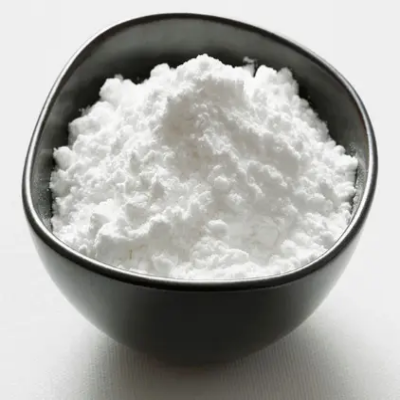
Cis-2-Carbamoylcyclohexane-1-carboxylic acid CAS:92116-89-7
Cis-2-Carbamoylcyclohexane-1-carboxylic acid is a valuable compound with diverse applications in pharmaceutical and chemical synthesis. Its molecular structure, featuring a cis configuration and a carbamoyl group attached to a cyclohexane ring, imparts unique properties essential for various synthetic endeavors. This compound exhibits excellent stability and reactivity, making it a crucial intermediate in the synthesis of a wide array of chemical compounds. Its structural features enable the creation of complex molecular architectures, facilitating the development of novel pharmaceuticals and specialty chemicals.
-

diethyl 1H-indazole-3,5-dicarboxylate CAS:2891597-86-5
Diethyl 1H-indazole-3,5-dicarboxylate is a significant compound with versatile applications in pharmaceutical synthesis and chemical research. Its molecular structure comprises an indazole ring substituted with two carboxylic ester groups, offering unique properties crucial for various synthetic endeavors. This compound exhibits notable stability and reactivity, making it a valuable intermediate in the synthesis of diverse chemical compounds. Its structural motifs enable the construction of complex molecular architectures, facilitating the development of novel pharmaceuticals and specialty chemicals.
-
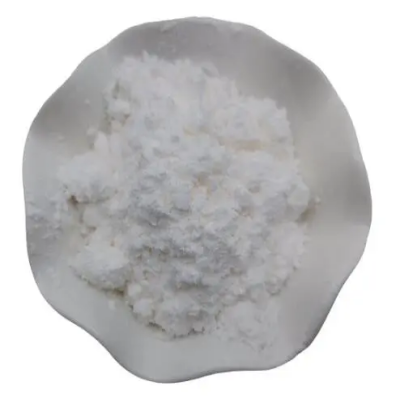
(R)-tert-Butyl 2-(hydroxymethyl)-1,4-oxazepane-4-carboxylate CAS:911223-23-9
R-tert-Butyl 2-(hydroxymethyl)-1,4-oxazepane-4-carboxylate is a versatile compound utilized in pharmaceutical and chemical synthesis. With its unique structure, it serves as a crucial intermediate in the production of various pharmaceuticals, agrochemicals, and specialty chemicals. This compound offers remarkable stability and reactivity, making it an ideal choice for complex molecular transformations. Its tert-butyl group enhances its solubility and stability, while the oxazepane ring confers structural diversity, enabling the synthesis of diverse molecular scaffolds.
-
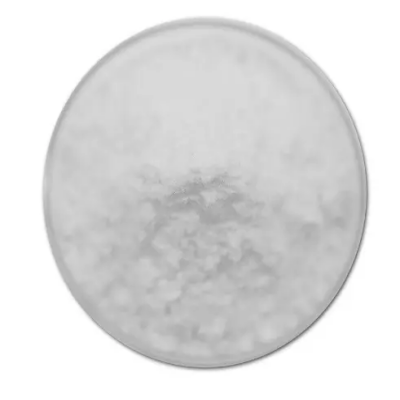
2H-chromene-3-carbonitrile CAS:57543-66-5
2H-chromene-3-carbonitrile is a valuable compound with diverse applications in pharmaceutical, agrochemical, and materials science industries. Its molecular structure, comprising a chromene ring fused to a carbonitrile group, provides unique properties essential for various synthetic endeavors. This compound exhibits excellent stability and reactivity, making it a crucial intermediate in the synthesis of a wide array of chemical compounds. Its structural features enable the creation of complex molecular architectures, facilitating the development of novel materials and bioactive molecules.

